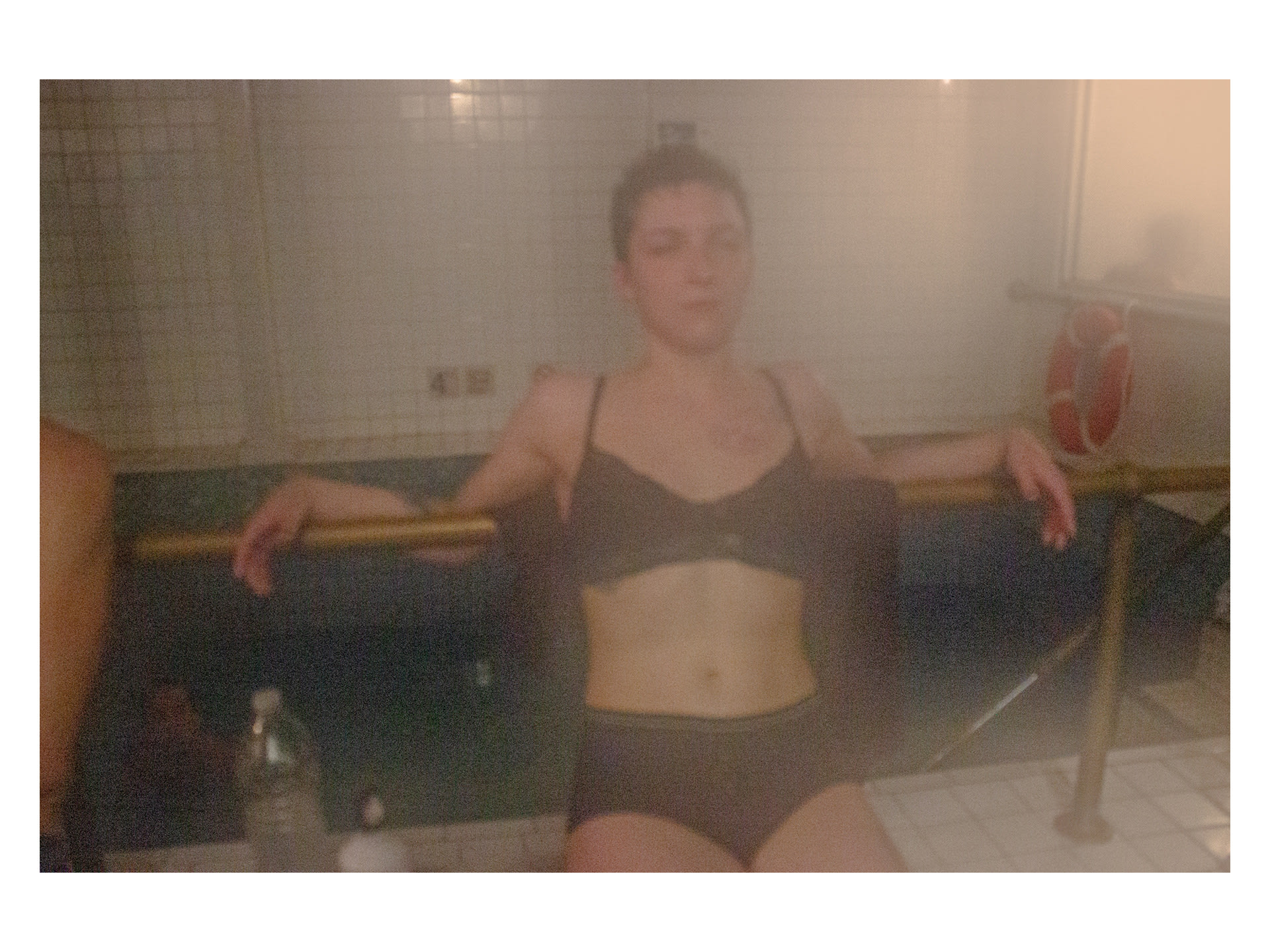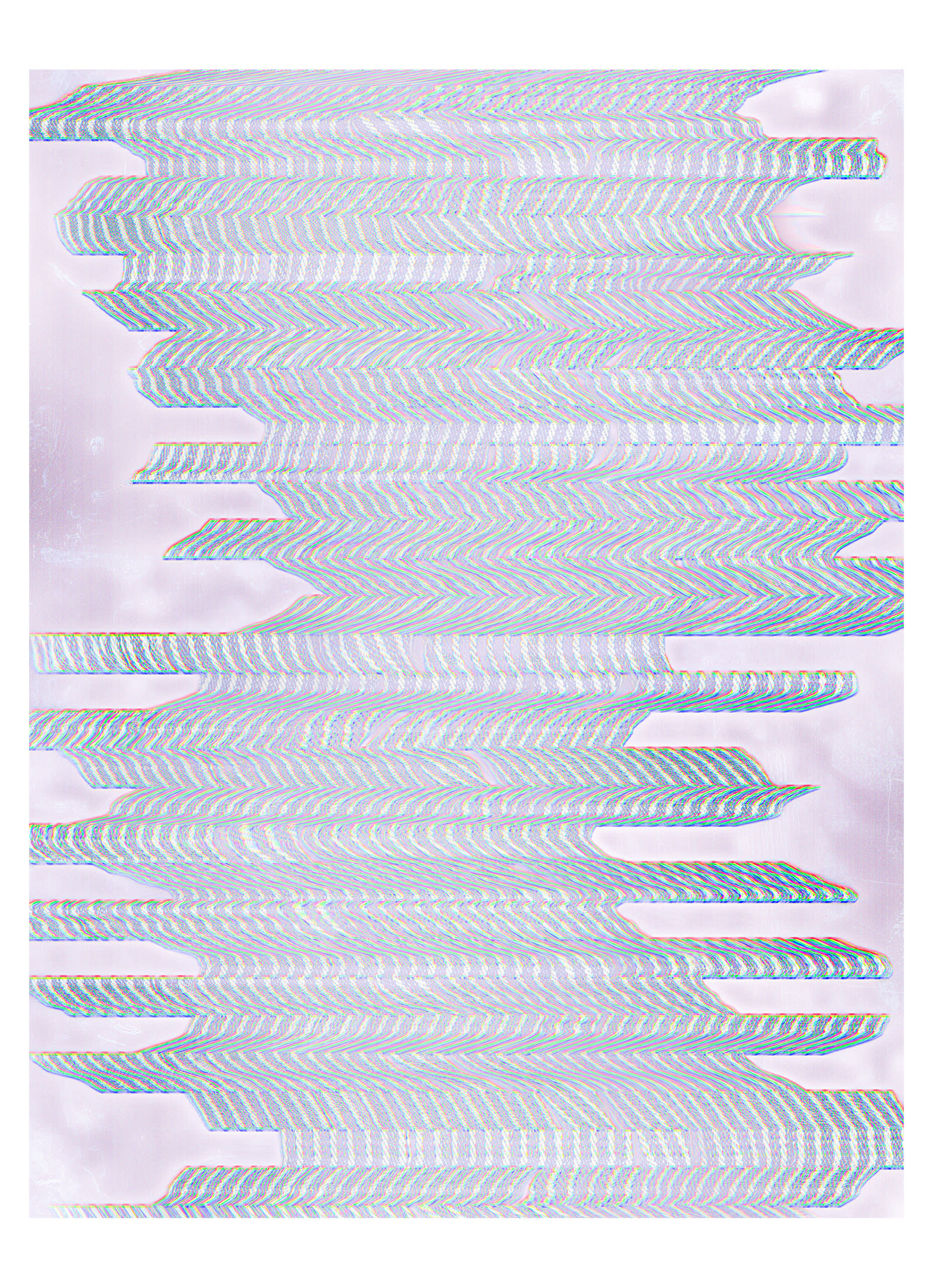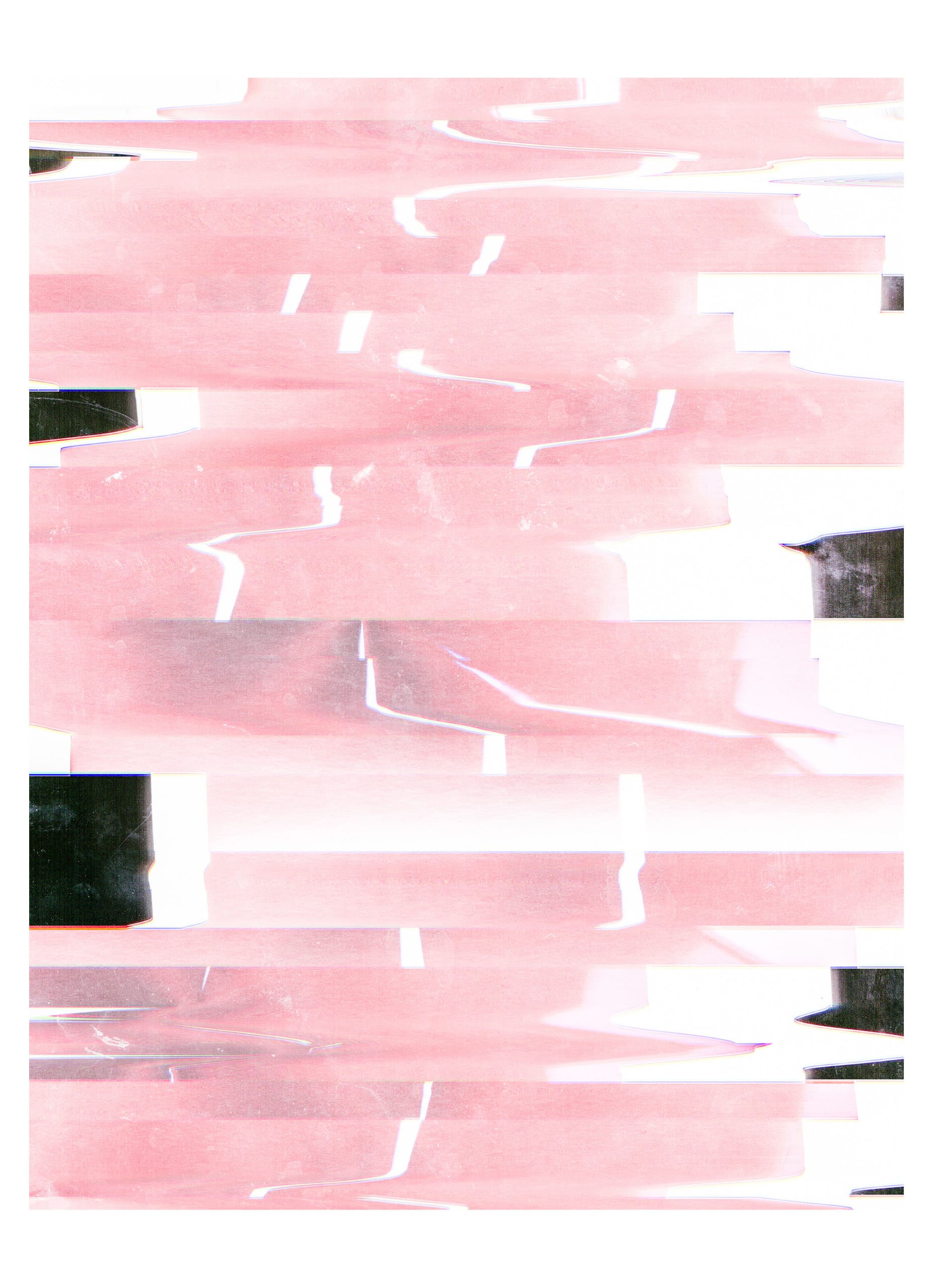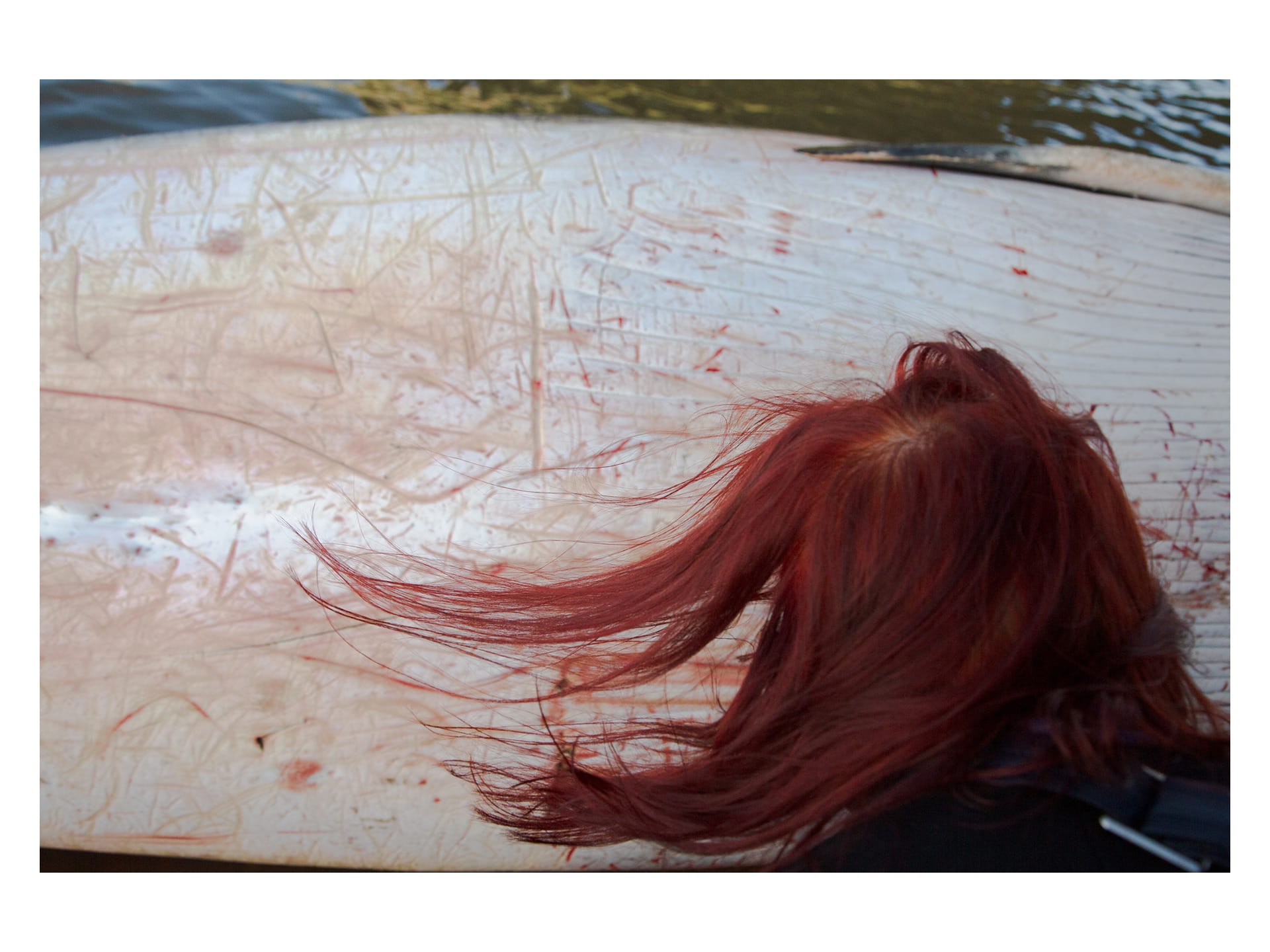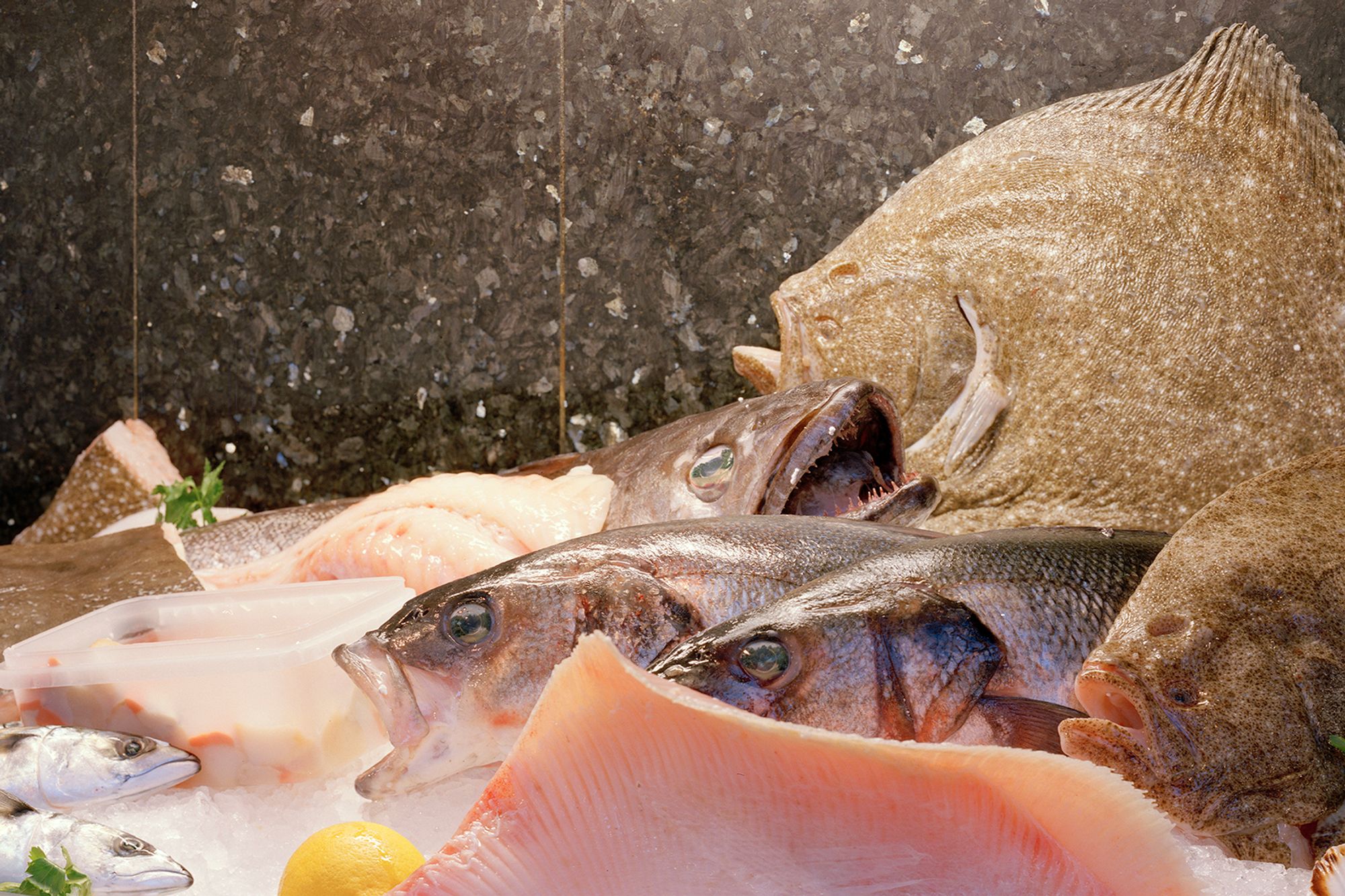Mari Howells is a Welsh interdisciplinary artist based between New York and London. She has been working professionally as a performer in New York and won acclaim in The New York Times for her solo performance with Origin Theatre Company. She is a classically trained pianist, cellist, and guitarist, and worked with the renowned composer Rahayu Supangha in Indonesia. Drawing on music, literature, and theatre, it is a migration of forms and ideas that inform her practice and research, which transfuses different languages through the filter of photography. She received an MFA in theatre from Columbia University, New York, and a BA in music and theatre from Lancaster University, UK. She is currently finishing a master's degree in fine art photography at the Royal College of Art, London.
Mari Howells
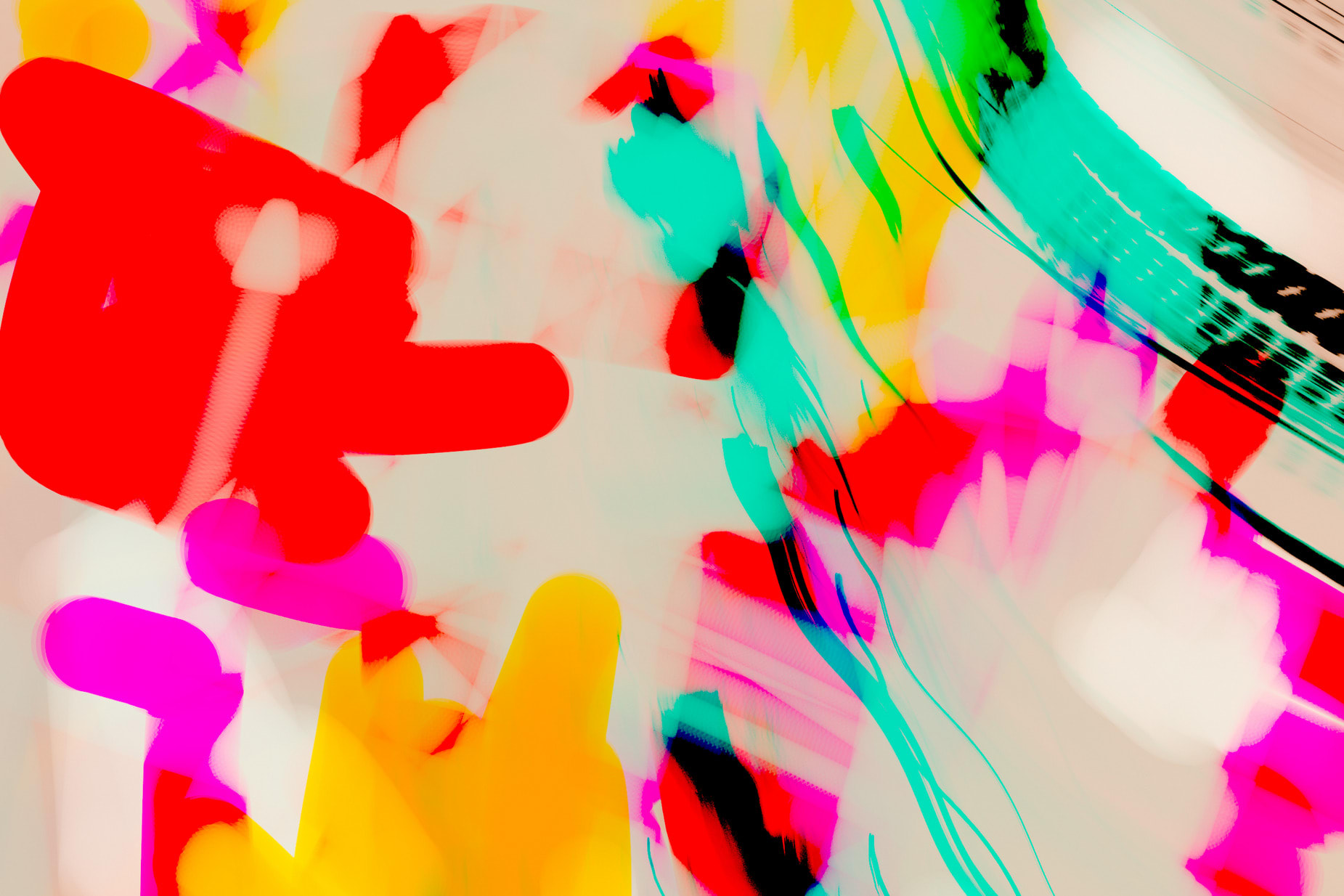

In the accompanying body of work, ‘Oh, to See Without Eyes’, I engaged with Italo Calvino’s text Six Memos for the Next Millennium exploring qualities inherent in visibility, quickness, lightness, exactitude, and multiplicity. The memos allowed me to map out a constellation of investigations and themes in which the nature of photography as well as its structural behaviors emerged. In 'Lightness', Calvino grapples with the question: How to make art out of a chaotic and unanchored time? This question has felt particularly salient during this period, and I found a quiet grace in the camera’s facility to allow me to make sense of the world. Calvino talks about Perseus, who ‘supports himself on the very lightest of things, on the winds and the clouds’, refusing to look directly, but rather ‘fixes his gaze upon what can be revealed by indirect vision, an image caught in the mirror’.1
Calvino suggests that in order to appreciate the complexities of a world filled with chaos, we must play out our investigations on a multiplistic field where various systems and influences interact and overlap, expressing the multifaceted nature of reality, and where chaos is not perceived as distressing but as a natural occurrence. In keeping with Calvino’s memo, I explored different regimes of image production—from digital to analogue, the recorded and camera-less. Moving between different genres, materials and ways of working to keep shifting the trajectory of the work and allow for multiple perspectives. In a world currently asking us how we might touch and situate ourselves differently, and with the immaterial effects of our daily screen consumption, my process became a meditation on a more haptic visuality. A photograph of a woman’s back translated into drawings. On occasions paint found its way on the photographs, invoking touch as a gestural intervention. Varied formal languages overlapped. I composed a cello piece and translated my numerical findings of the spaces in between the notes into scanned images, moving photographs across the flat glass of the scanner in accordance to the music notated. The music, cyclical in structure, formed secondary undertones, establishing an analogy with themes reverberating in the work while finding an invisible trace in the images. Information was disassembled and then put back together again in new configurations in an ongoing process of composition and decomposition, in which the photographic medium and my research practice was deconstructed.
1. Italo Calvino, Six Memos for the Next Millennium (Boston: Harvard University Press, 2016), p4.
![[untitled]](https://res.cloudinary.com/rca2020/image/upload/f_auto,h_1280,w_1920,c_fill,g_auto,q_auto/v1/rca2021/60cc918b98de755bbf6fc0d7-607780?_a=AXAH4S10)
Medium:
Archival Pigment PrintSize:
All size variable, depending on installation.
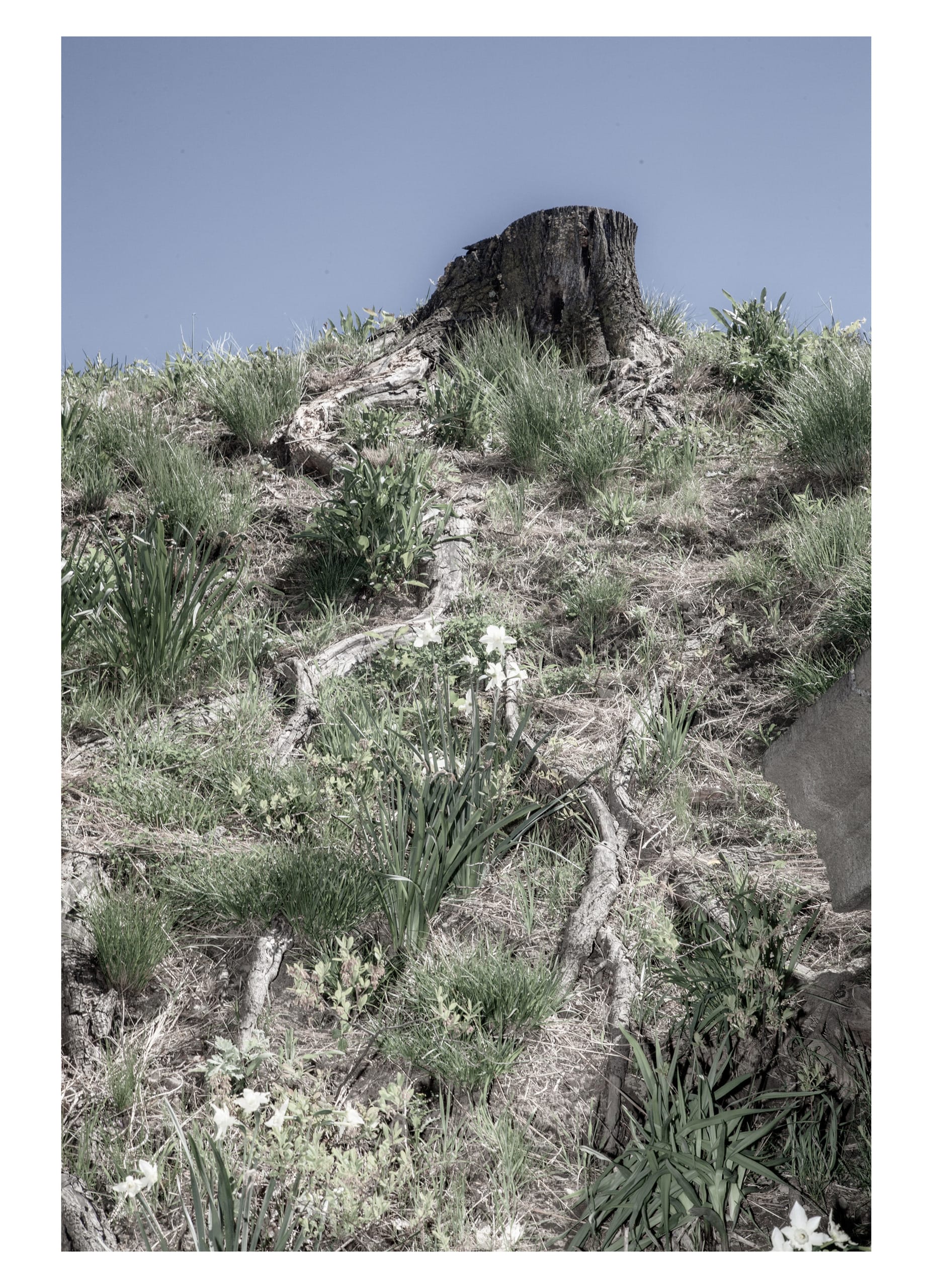


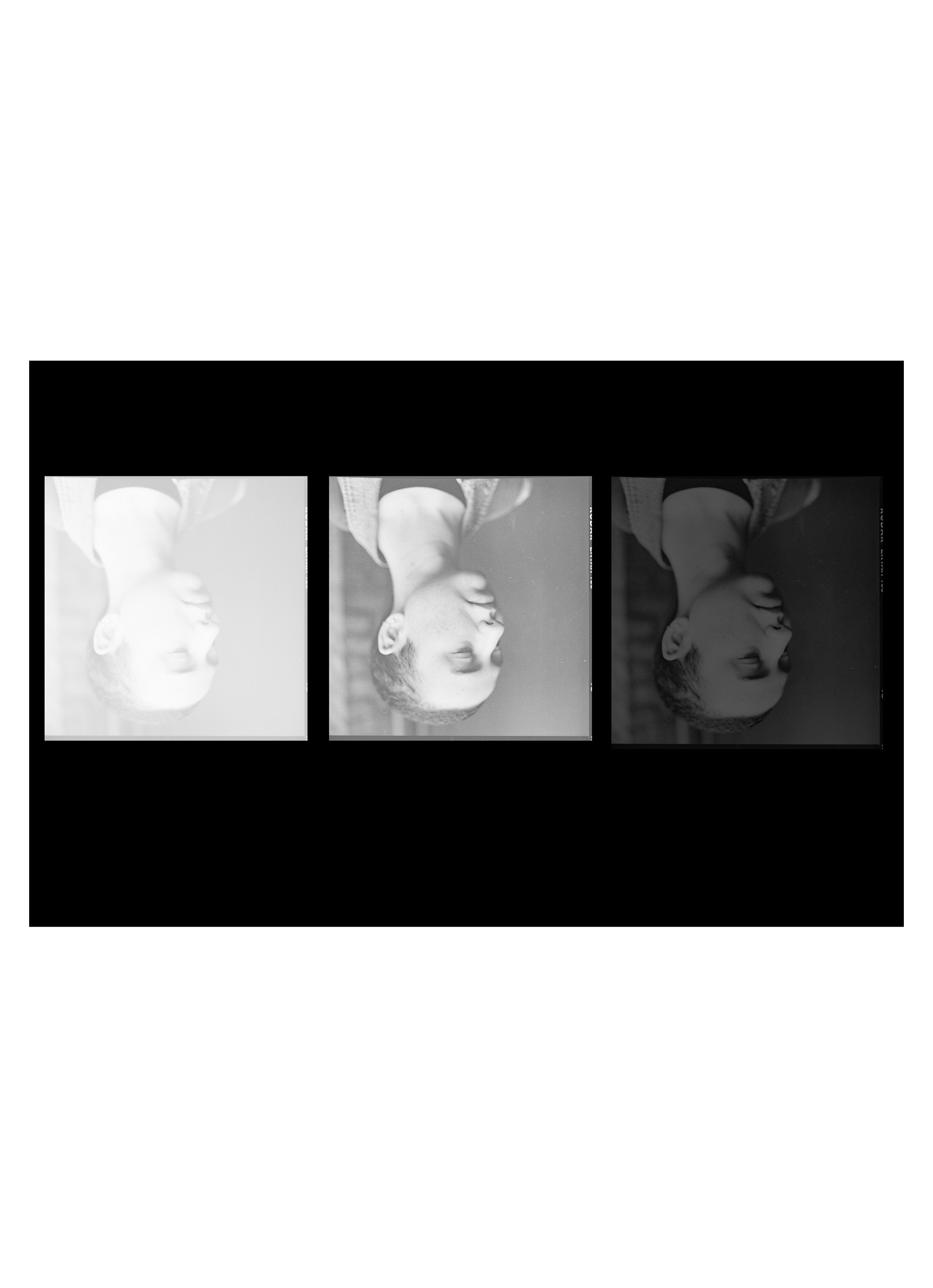
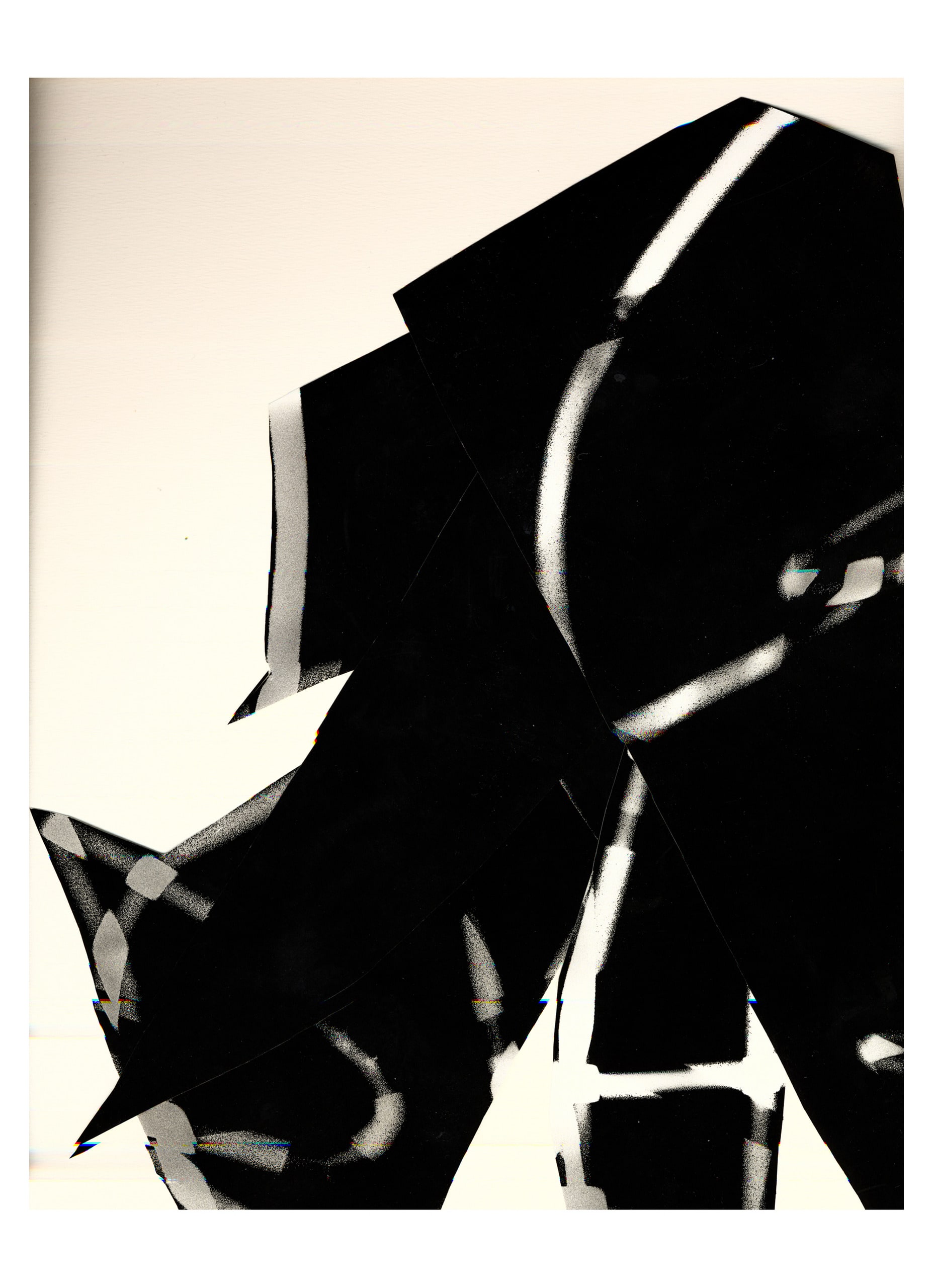

![[untitled]](https://res.cloudinary.com/rca2020/image/upload/f_auto,h_2560,w_1855,c_fill,g_auto,q_auto/v1/rca2021/60cc8a0f98de755bbf5b02cd-972158?_a=AXAH4S10)

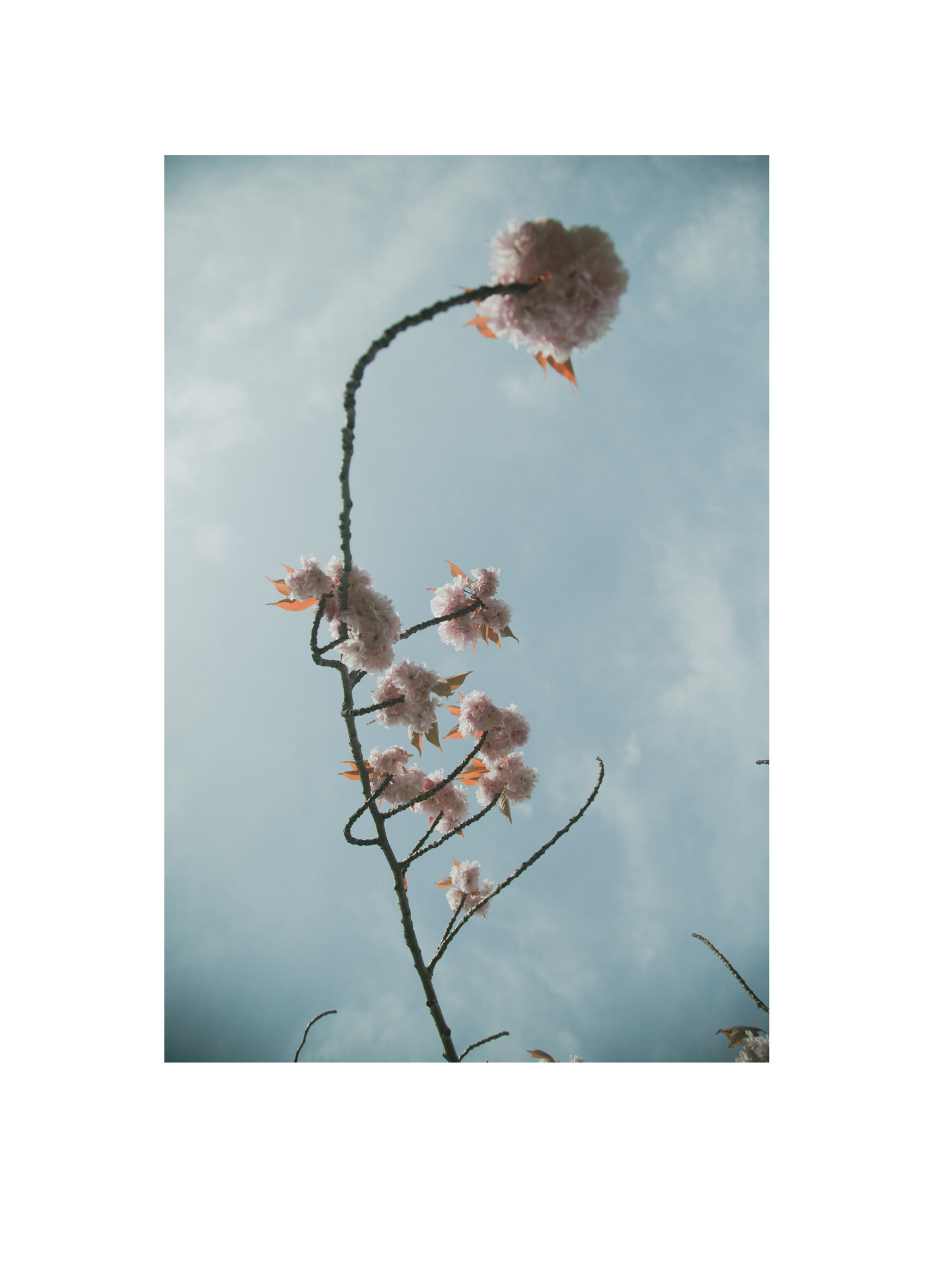
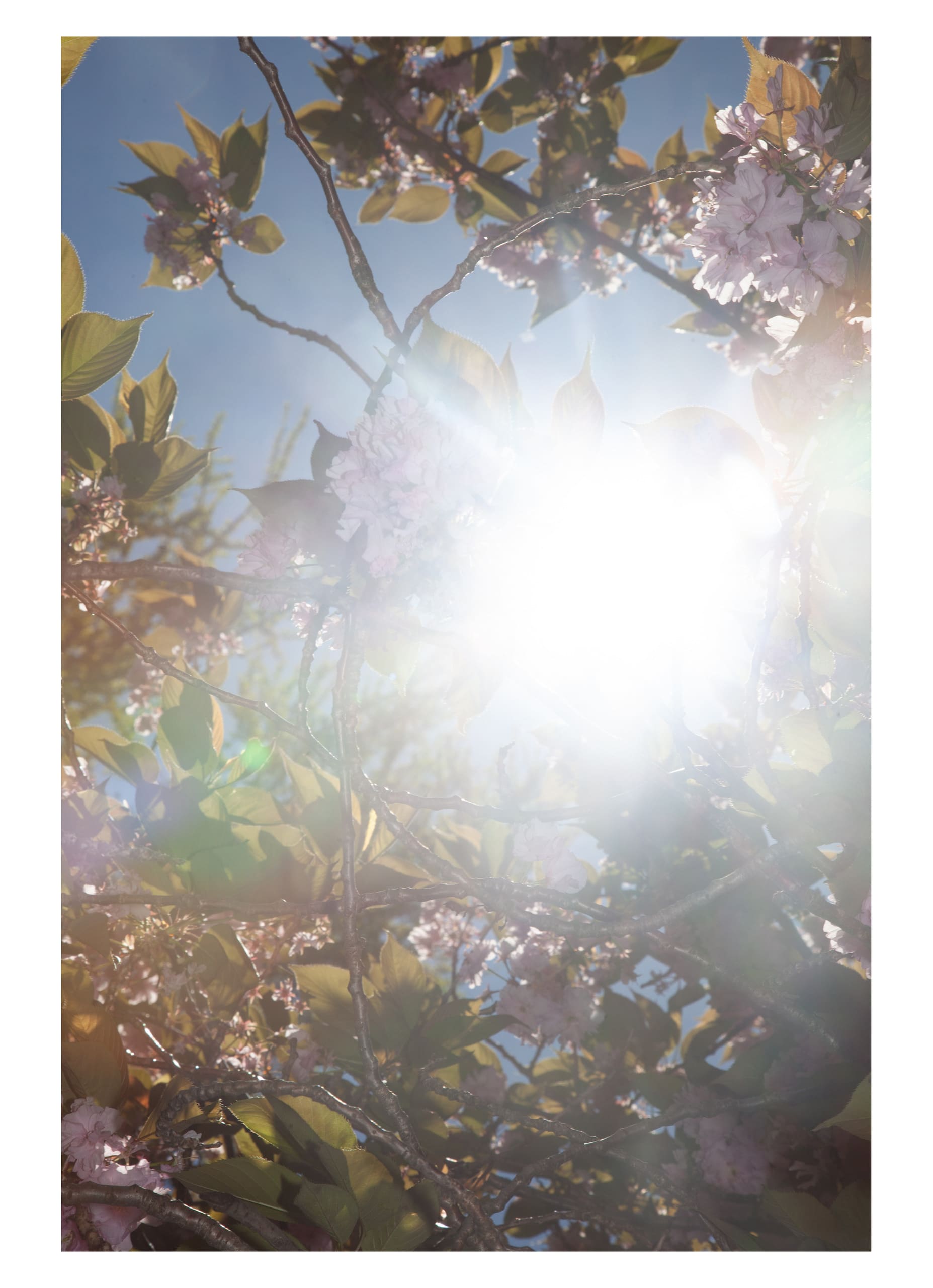


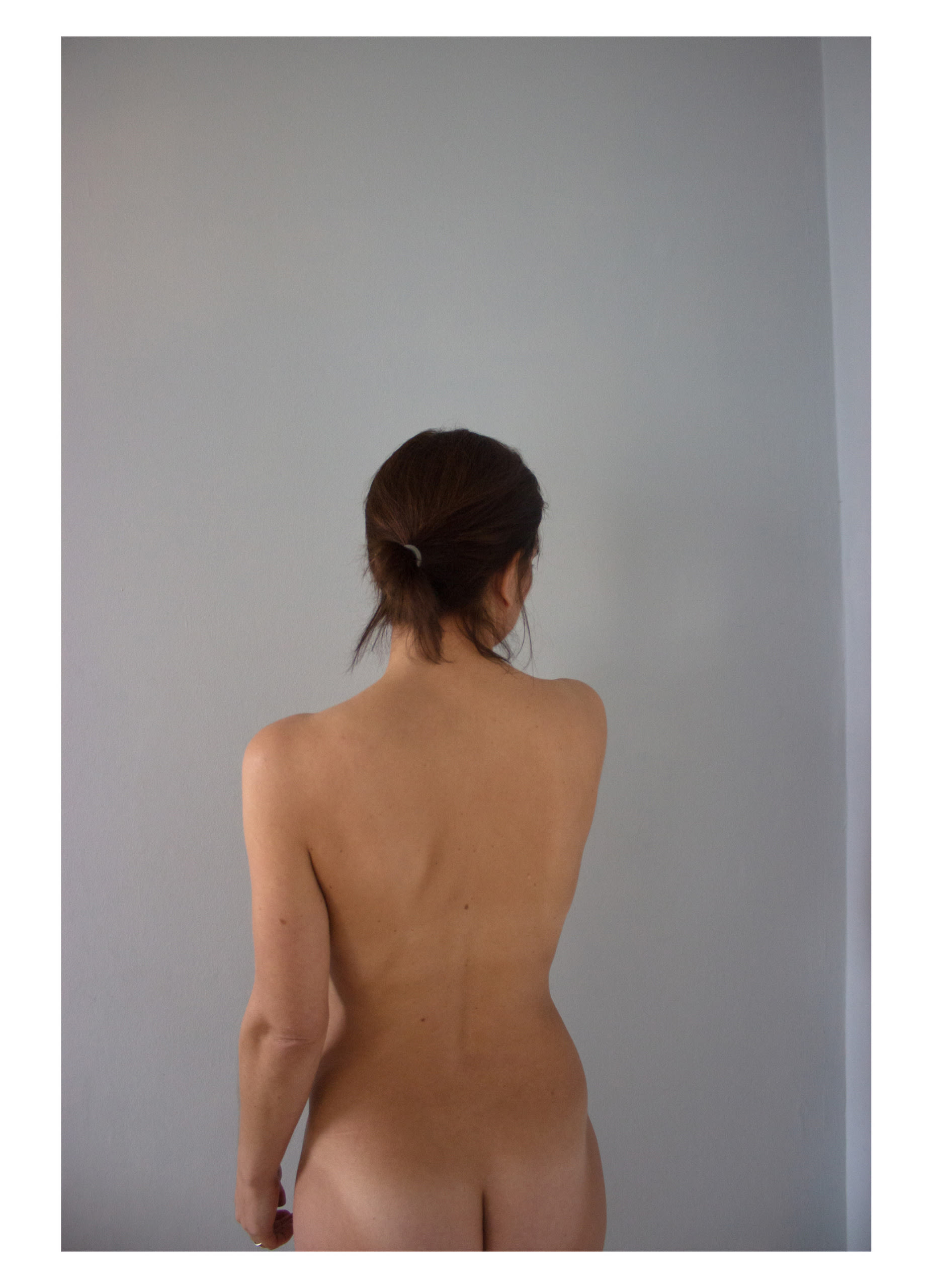

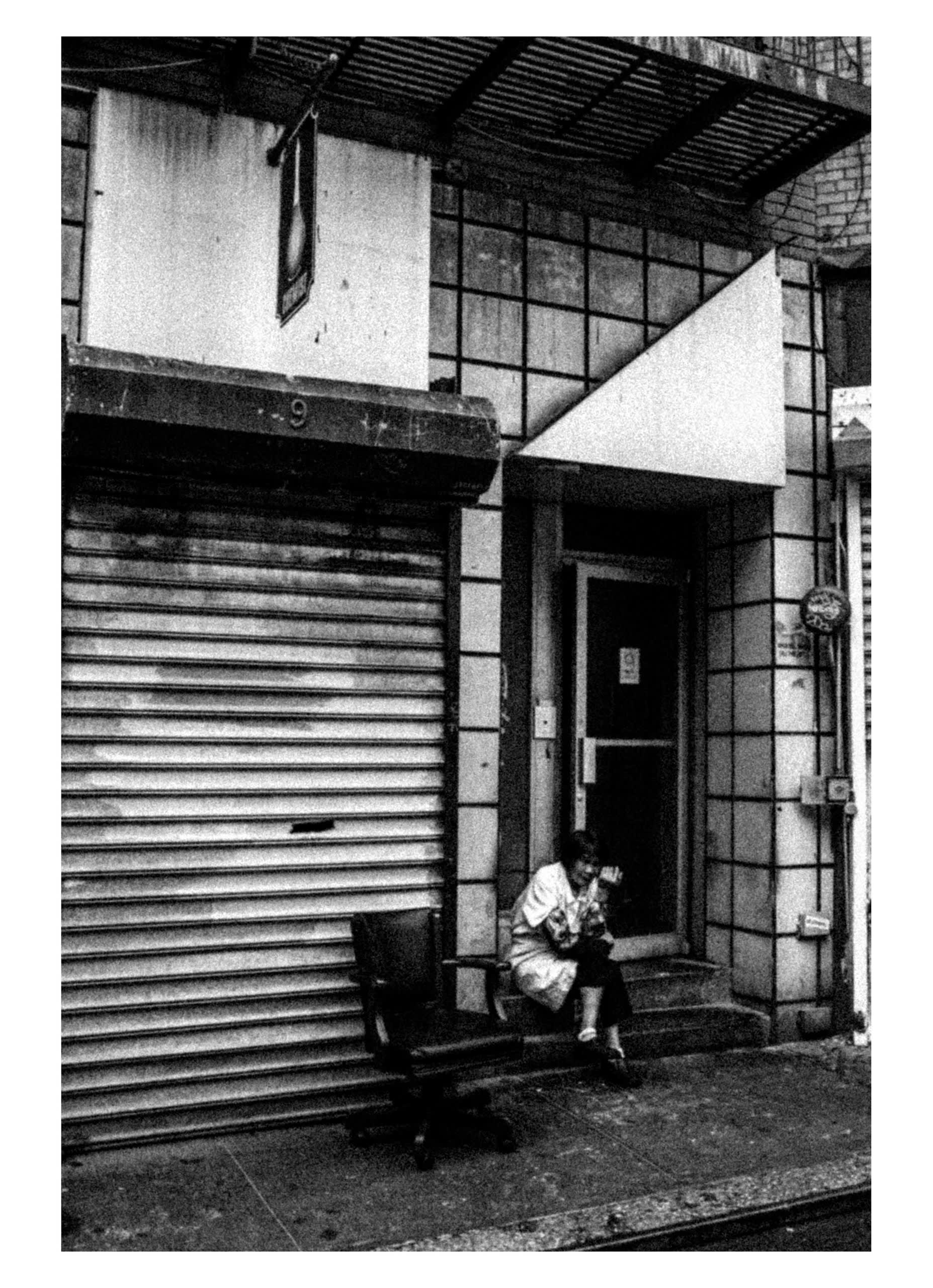
‘Oh to see without eyes’ meditates on Calvino’s words on visibility in which he gives warning of the danger we run in losing a basic human faculty: 'the power of bringing visions into focus with our eyes shut,'2 and of thinking in terms of images. Calvino worries that the imaginative faculty to create mental pictures is threatened by the growing prevalence of pre-packaged imagery.
2. Italo Calvino, Six Memos for the Next Millennium (Boston: Harvard University Press, 2016), P96.
Medium:
Archival Pigment PrintSize:
Size variable, depending on installation.
In his memo ‘Quickness’, Calvino argued that in the era of ‘fantastically speedy, widespread media,’ quickness in the arts will serve the vital purpose of ‘communicating between things that are different simply because they are different, not blunting but even sharpening the differences between them.’3 Calvino states that it is ‘natural to digress, to jump from one subject to another, to lose the thread a hundred times and find it again after a hundred more twists and turns.’4
3. Italo Calvino, Six Memos for the Next Millennium (Boston: Harvard University Press, 2016), p45.
4. Italo Calvino, Six Memos for the Next Millennium (Boston: Harvard University Press, 2016), p46.
![[untitled]](https://res.cloudinary.com/rca2020/image/upload/f_auto,h_1440,w_1920,c_fill,g_auto,q_auto/v1/rca2021/60cc9a1298de755bbf86aeab-44578?_a=AXAH4S10)

